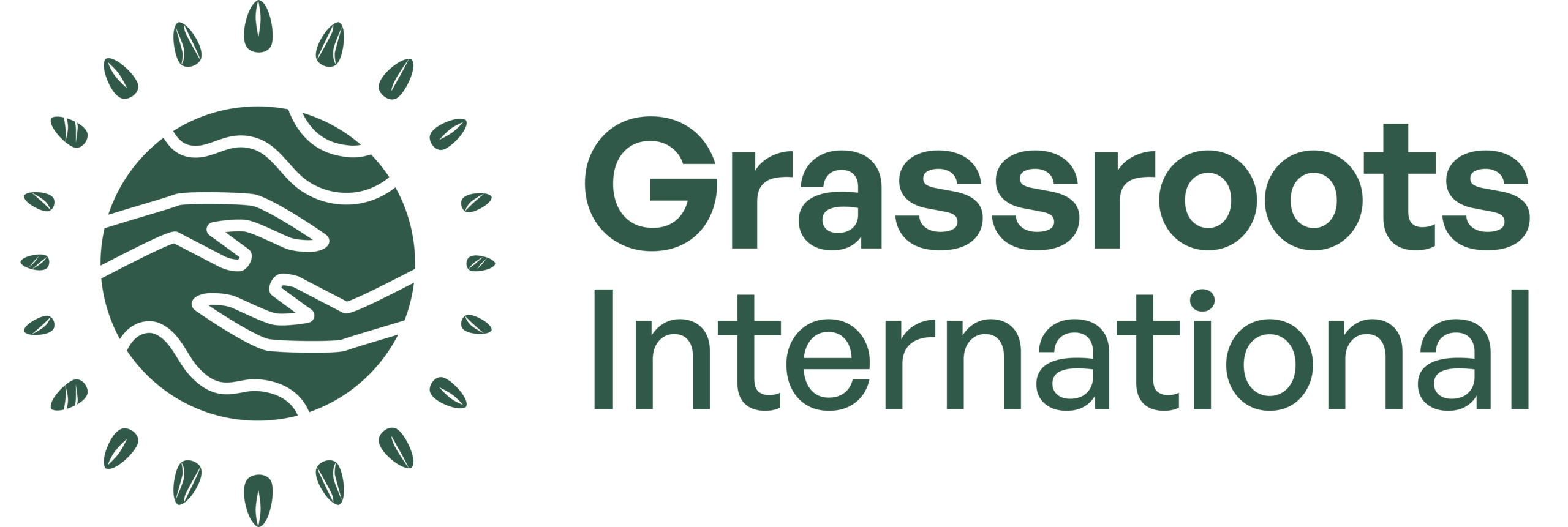Land: A Life and Death Issue
« Dead people live here » said my niece Anisha matter of factly, as only a 6-7 year old would, while we drove by a cemetery near her home in Erie, Pennsylvania some years ago.
And on my first full day in Jerusalem Anisha’s voice rang in my ears. That innocent remark carries a lot more weight here in Jerusalem.
As I stood on the Mount of Olives in East Jerusalem overlooking the Old City with Jamal Juma’ (from Grassroots International’s partner organization — the Stop the Wall Campaign), I was looking at graves. Many hundreds of them dotting the hillside sloping down towards the walls of the Old City. All of them were Israeli Jewish graves on land that was owned by the Waqf (a community trust/endowment that operates in Muslim societies). The land had been leased from the Waqf authority for 99 years — in essence, a lifetime. This is just one of the many ways in which Arab lands and resources in East Jerusalem, in the West Bank, and even in Israel itself are expropriated.
Land is confiscated by the State through various means — outright confiscation for military/security reasons or archaeological/religious significance, confiscation of land that is not « used » or cultivated, land confiscation for Wall and road construction or settlement expansion, and house demolitions (including in East Jerusalem) often on grounds of « unlicensed » construction.
The Apartheid Wall, as it is called here by Palestinians — cement grey concrete slabs rising 25 feet and snaking hydra-like for miles in multiple directions, with cylindrical prison-like watch towers interspersed at key monitoring points — sets apart Arab population centers from the surrounding lands that have been their inhabitants’ fields (as in Tulkarem and Qalqilya, now ghettos completely enclosed by the Wall) or their natural expansion zones such as in Abu Dis (an East Jerusalem suburb that is now cut off from the city, from open land in the direction of Jerusalem, and from hospitals, schools and other services by the Wall).
Throughout the week as we drove back and forth between Jerusalem south to Bethlehem and Hebron, or north to Ramallah, the Wall constantly shadowed us.
The Wall and the Israeli-only roads that connect Israeli Jewish settlements in the West Bank to Jerusalem expropriate much more land than the actual ground on which they are built. Driving northeast from Jerusalem the Ma’ale Adumim settlement block along with its restricted roads and the Wall occupies West Bank land almost halfway to Jericho, effectively dividing the West Bank north and south of the city. Similarly, driving south to Bethlehem from Jerusalem, the Gush Etzion block of settlements (stretching east from the Green Line or the 1967 border between Israel and the West Bank), the Wall and the restricted access roads effectively expand greater Jerusalem’s limits almost two thirds of the way to Hebron!
And Gush Etzion and Shomron, its counterpart in the northwest part of the West Bank, both sit atop and control some of the main sources of West Bank water — the underground aquifers.
Land confiscation, growth control of Arab population centers, and separation of Jews and Arabs is not limited to the Occupied Territories. Palestinians living in Israel (or Israeli Arabs) face many similar problems, even though they are Israeli citizens making up 20% of the population.
While Arab farmers are 30% of the farming community in Israel, they own only 16% of agricultural land and receive less than 3% of water for irrigation. In Led/Lod in central Israel, a Wall much like the West Bank Wall separates Palestinian residents of the Shanir neighborhood from the Jewish neighborhood of Nir Zvi. In the Galilee region in the north, the Jewish community of Kamoun separates from its immediate neighboring Arab village of Kameneh by aggregating (through the Kamoun Local Committee) with non-contiguous Jewish communities into the Misgav Regional Council. In the Naqab/Negev in the south entire Bedouin villages are « unrecognized, » unable to access electricity, water, schools and other municipal amenities.
Palestinians both in the Occupied Territories and in Israel make constant comparisons between their lived experience and that of non-Whites in Apartheid South Africa. The impact of the Walls, the effective cantonization (like the « independent » Bantustans in Apartheid South Africa) of Arab population centers, the controls on movement whether through Israeli-only roads, Wall-crossing check points like the Qalandiya terminal (which I walked through back and forth from Jerusalem to Ramallah), or closures (curfew-like impositions shutting down movement between the Occupied Territories and Israel), residence permits, and the unequal distribution of resources especially land and water all invoke comparisons, old and more recent of other times and spaces — Apartheid South Africa, the Jim Crow U.S. South, Dalits in India/South Asia….
All of them human rights struggles, many continuing to this day.
While driving around later on that first day Awatef (our consultant), pointed out another cemetery. Much smaller than the one on the Mount of Olives, and outside the walled city in West Jerusalem, it was being dug up to be replaced by a park. The graves were all Arab, many dating back to Ottoman times.
Not all dead people live here Anisha.
